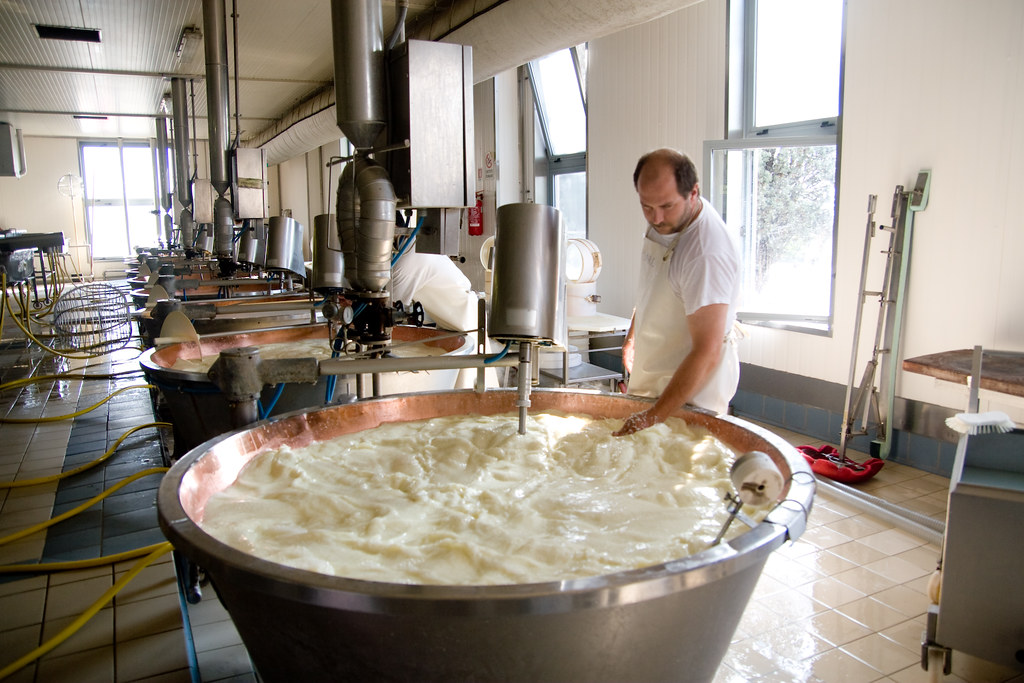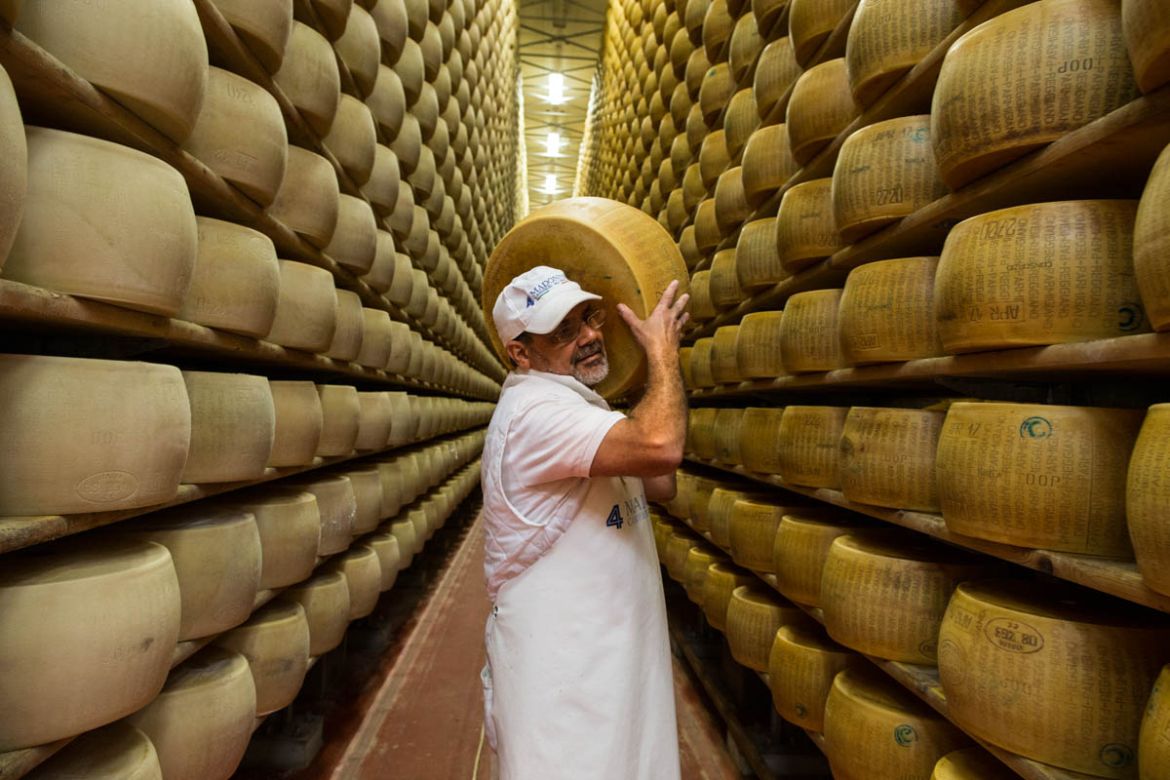How Floridia Cheese Melbourne Establishes the Criterion for Neighborhood Cheese Makers
How Floridia Cheese Melbourne Establishes the Criterion for Neighborhood Cheese Makers
Blog Article
Unlocking the Tricks of Artisanal Cheese Making: A Detailed DIY Guide
In the world of culinary craftsmanship, artisanal cheese making stands as a testament to the fragile equilibrium in between tradition and technology. Each action in the procedure, from choosing the ideal milk to refining aging techniques, holds within it a wealth of knowledge passed down with generations. As we start this journey to demystify the art of developing beautiful cheeses, we are confronted with a tapestry of secrets and skills waiting to be unraveled. Join us as we explore the intricacies of this ancient craft, where art, perseverance, and science converge to produce tastes that tantalize the detects.
Picking the Right Milk
When beginning on the trip of artisanal cheese making, the selection of milk plays an essential role in determining the quality and qualities of the final product. The type of milk selected affects the taste, appearance, and in general account of the cheese.
Additionally, the source of the milk, whether from cows, goats, sheep, or buffalo, adds distinctive tastes and qualities to the cheese. Each kind of milk brings its very own subtleties, allowing for a vast variety of cheese selections to be crafted based on the chosen milk.
Culturing and Coagulating
To start the cheese-making process, the important actions of culturing and coagulating have to be carefully performed to change milk into curds and whey. Culturing includes introducing helpful bacteria to the milk, which then starts the fermentation procedure. These microorganisms transform lactose (milk sugar) into lactic acid, producing the acidic atmosphere necessary for coagulation. The kind of culture used can substantially affect the flavor, appearance, and ripening of the final cheese item.

The timing and temperature control throughout culturing and coagulation are important aspects that affect the last outcome of celebrity. Correct implementation of these steps is necessary to make certain the preferred structure, taste, and uniformity of the artisanal cheese being created.
Draining Pipes and Pushing Curds
After the milk healthy proteins have coagulated and the curds have been cut to launch whey, the next essential action in artisanal cheese making entails draining pipes and pushing the curds to achieve the wanted texture and consistency of the final cheese product. The time for draining pipes can differ depending on the type of cheese being made and the preferred dampness web content.
Once the curds have completely drained, the next action is pressing. Pushing assists expel any type of continuing to be whey and compacts the curds to form a solid cheese wheel. Pressing can be done making use of specialized cheese presses that apply regular and mild stress over a period of time. The period and pressure used throughout pressing will affect the last texture of the cheese, from luscious and soft to hard and company. Appropriate draining and pushing are critical steps that significantly impact the top quality and characteristics of the artisanal cheese being generated.
Aging and Flavor Methods
Carrying out precise aging and flavor techniques is essential in enhancing the deepness and complexity of artisanal cheeses, elevating their preference profiles to beautiful degrees of improvement and class. Aging plays a crucial role in developing the one-of-a-kind flavors and structures that differentiate artisanal cheeses. During the aging process, cheeses are stored in very carefully controlled environments where variables such as temperature, moisture, and airflow are adjusted to urge the development of advantageous mold and mildews and germs. recommended you read This controlled environment enables the cheese to mature slowly, creating complex scents and abundant flavors.
Seasoning strategies likewise contribute substantially to the final preference of artisanal cheeses. Cheesemakers might choose to present additional flavors by integrating active ingredients such as herbs, Full Report flavors, and even fruits right into the cheese throughout the production procedure. Furthermore, some cheeses are washed or rubbed with different fluids, such as brine or alcohol, to improve their appearances and flavors.
Wrapping and Keeping Cheeses

Conclusion
In conclusion, mastering the art of artisanal cheese making includes carefully choosing the ideal milk, following specific culturing and coagulating procedures, draining pipes and pushing curds successfully, and making use of numerous aging and flavoring techniques. Bear in mind to wrap and store your cheeses appropriately to guarantee optimum taste and appearance advancement.
Each type of milk brings its own subtleties, enabling for a large range of cheese ranges to be crafted based on the picked milk.After the milk proteins have actually coagulated and the curds have actually been reduced to launch whey, the next vital action in artisanal cheese making entails draining pipes and pushing the curds to achieve the wanted appearance and consistency of the final cheese item. Many cheeses ought to be wrapped in wax paper or cheese paper to permit them to take a breath while shielding them from drying out. For cheeses that need visit this website to continue aging, such as bloomy skins or washed skins, guarantee they are saved in a great atmosphere like a cheese cave or a fridge set to the proper temperature level. By paying attention to the covering and storage of artisanal cheeses, cheese makers and enthusiasts can protect the stability of these specials and fully enjoy their complex tastes.
Report this page